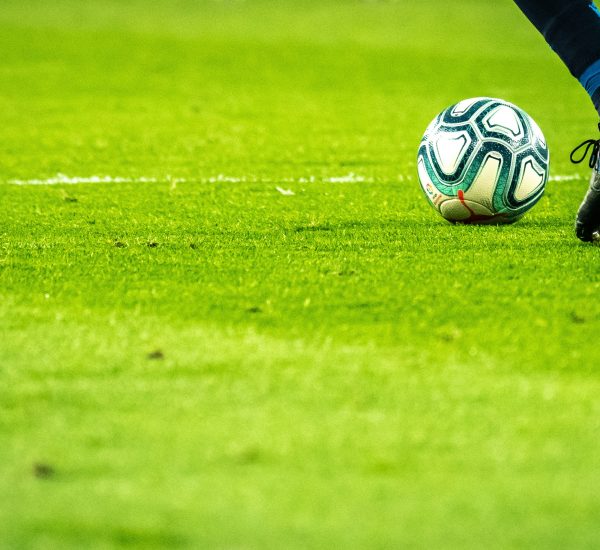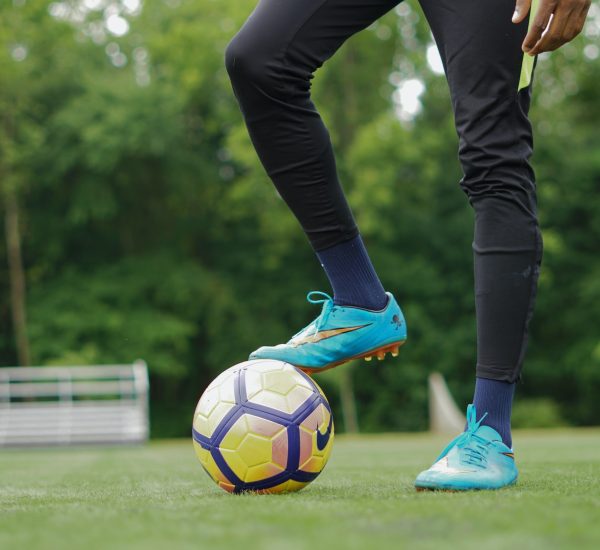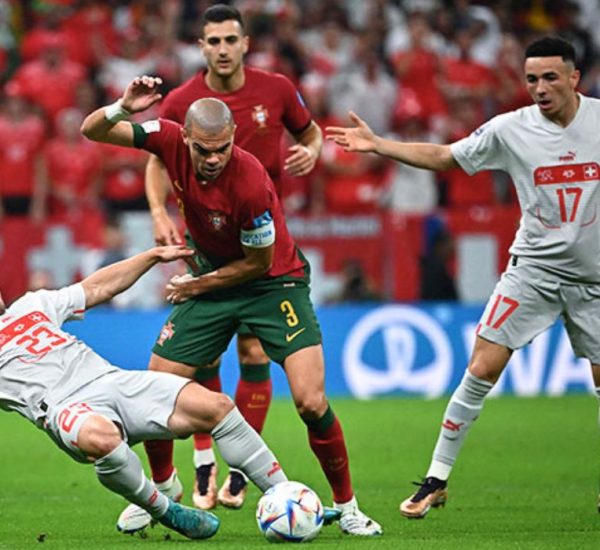Minimize Pain from Soccer Headers: Soccer is a popular sport that requires skill, agility, and strategy. However, one aspect of the game that often raises concerns among players and parents alike is heading the ball. Many wonders. Does a soccer header hurt?
This article will explore the potential pain associated with headers and provide practical tips for minimizing discomfort.
Overview
Heading the ball in soccer involves using the forehead to redirect its trajectory. While this technique is essential to the game, it can sometimes lead to temporary discomfort or even pain. The impact of a ball hitting the head at high speed can cause a sensation of pressure or mild pain. However, it is essential to note that severe injuries from headers are relatively rare.
To minimize any potential pain or discomfort from soccer headers, several strategies can be employed:
- Proper Technique: Learning and practicing the correct heading technique is crucial for reducing the risk of pain. Players should focus on using the forehead’s center, using the neck muscles to absorb the impact, and keeping the mouth closed during the header.
- Strengthening Neck Muscles: Strengthening the neck muscles can provide added support and stability during headers. Exercises such as neck stretches, resistance training, and isometric exercises can help enhance the strength of these muscles.
- Protective Equipment: Wearing protective headgear designed explicitly for soccer can help minimize the impact of headers. These gears are often lightweight and provide an additional cushioning layer to absorb the force.
- Communication and Awareness: Effective team communication is essential to avoid accidental collisions during headers. Players should also be aware of their surroundings and be prepared to adjust their positioning to minimize the impact risk.
- Gradual Progression: Players, especially younger ones, should gradually progress in terms of header intensity and frequency. This allows the body to adapt and reduces the likelihood of discomfort or pain.
It’s important to remember that any discomfort experienced during or after a header should be taken seriously. If persistent pain or other concerning symptoms arise, players should seek medical attention to assess and address the issue.
More About the Different Strategies
1. Proper Technique: Learning and practicing the correct heading technique is crucial for reducing the risk of pain. Players should aim to use the forehead’s center when performing a header, as this area is better equipped to absorb the impact.
The force is distributed more evenly by making contact with the forehead rather than the top of the head. Additionally, players should engage their neck muscles to help cushion the impact and reduce discomfort. Keeping the mouth closed during a header is also essential to prevent potential jaw discomfort.
2. Strengthening Neck Muscles: Strengthening the neck muscles can provide added support and stability during headers. By incorporating specific exercises into their training routine, players can enhance the strength of their neck muscles.
Neck stretches, where players gently tilt their heads in different directions, can help improve flexibility and reduce the risk of strain. Resistance training exercises, such as resistance bands or weight machines, can target the neck muscles directly.
Isometric exercises, such as pressing the hands against the forehead and resisting the pressure on the neck muscles, can also help build strength.
3. Protective Equipment: Wearing protective headgear designed explicitly for soccer can help minimize the impact of headers. These gears are often lightweight and provide an additional cushioning layer to absorb the force.
Protective headgear is designed to distribute the impact over a larger area, reducing the pressure on the forehead and minimizing discomfort.
While headgear cannot eliminate the risk of pain, it can provide additional protection, especially for players prone to headaches or with a history of head injuries.
4. Communication and Awareness: Effective team communication is essential to avoid accidental collisions during headers. Players should verbally communicate their intentions to ensure that multiple players do not attempt to head the ball simultaneously, which can increase the risk of collision.
Additionally, players should be aware of their surroundings and other players’ positions on the field. By maintaining awareness and adjusting their positioning accordingly, players can minimize the likelihood of accidental head-to-head contact or collisions.
5. Gradual Progression: Players, especially younger ones, should gradually progress regarding header intensity and frequency. Over time, players can gradually increase the force and speed of headers as they develop better technique and build strength in their neck muscles.
By gradually progressing, players allow their bodies to adapt to the demands of heading and reduce the likelihood of discomfort or pain.
Coaches and trainers should monitor players closely and provide appropriate guidance to ensure a safe and gradual progression in training.
Final Thoughts
In conclusion, while soccer headers can cause temporary discomfort or pain, the risk of severe injury is relatively low. Players can minimize any potential discomfort associated with headers by utilizing proper technique, strengthening neck muscles, wearing protective headgear, promoting effective communication, and gradually progressing in training.
Soccer can continue to be enjoyed safely with a proactive approach to reducing pain and discomfort from headers.



